A Perth-based Murdoch University researcher has found large-scale solar farms impact migratory routes of wildlife due to polarised light pollution but could be improved with nano-coated solar panels..
Undertaken at the Harry Butler Institute with funding from Fortescue Metals Group, research found the vast, flat surfaces of solar farms look like lakes to birds, interfering with their natural migrations.
Detailed in a paper published in the Renewable and Sustainable Energy Reviews journal, called All that glitters – Review of solar facility impacts on fauna it also says large collections of panels have also been found to confuse the echolocation of bats and attract them to drink, increasing the risk of collision.
Paper Author and Wildlife Ecologist Professor Trish Fleming says nano-coatings can alter the way light is reflected, making the panels less visually disruptive to birds.
“The reflective glare from solar panels mimics the appearance of water bodies, confusing migrating birds and leading them off course,” Fleming said.
“This phenomenon, known as polarised light pollution, can also attract insects, inadvertently creating new feeding grounds for birds and bats.”
Fleming added greenhouse gas emissions (GHS) can be mitigated without sacrificing biodiversity.
“It’s not a choice between clean energy and conservation – we can have both,” Fleming said.
The study urges planners, policymakers, and developers to adopt wildlife-friendly practices and technologies to ensure that solar energy remains a truly sustainable solution.
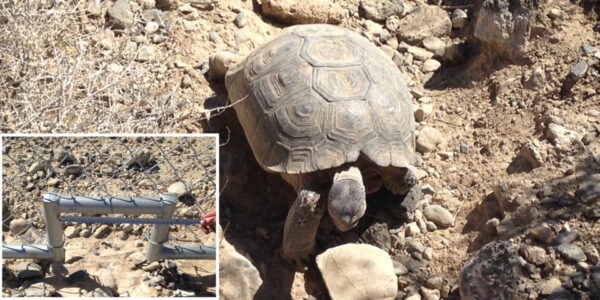
Image: Dr Nifer Wilkening
Fencing
Entrapping wildlife with fencing is also an issue raised by the research, which says though intended to protect infrastructure can lead to injury, starvation, increased predation risk and death of migratory species, such as turtles, plus disrupt nesting and feeding patterns.
The research cites a solar plant in the Nevada desert that preserved native plants and natural streams at the site, leaving 30, 25 cm wide x 18 cm tall openings in fences to allow desert fauna, such as tortoises, rattle snakes, jackrabbits and kit foxes to pass freely.
It also removed tortoises during construction and released them back into the development after the facility was completed.
Fleming concludes thoughtful design can reduce ecological harm.
This content is protected by copyright and may not be reused. If you want to cooperate with us and would like to reuse some of our content, please contact: editors@pv-magazine.com.
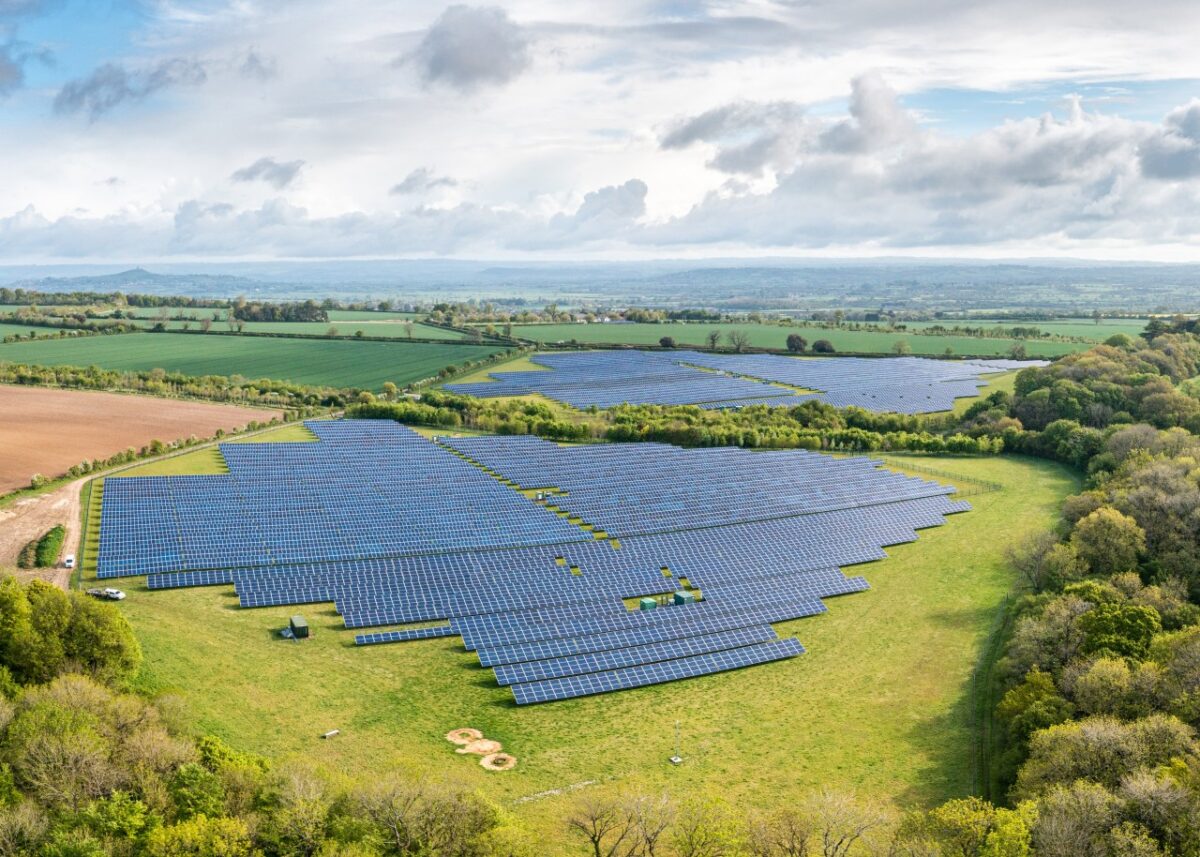
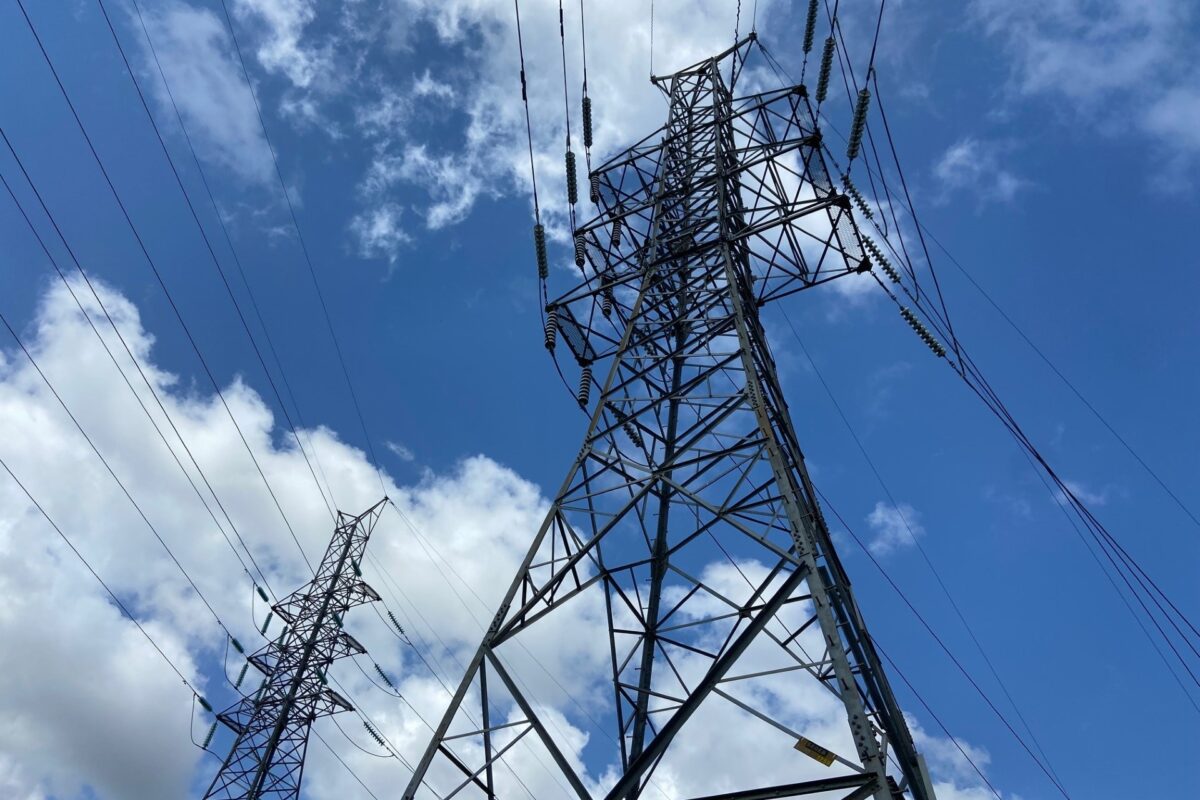


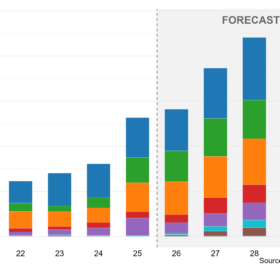
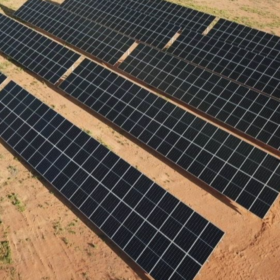
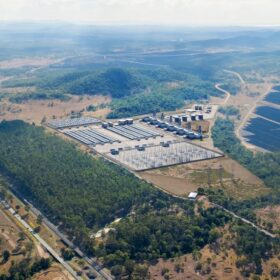
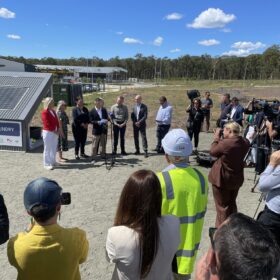
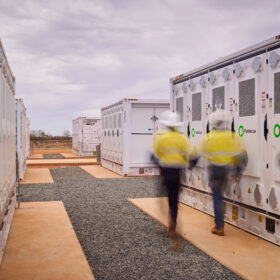
By submitting this form you agree to pv magazine using your data for the purposes of publishing your comment.
Your personal data will only be disclosed or otherwise transmitted to third parties for the purposes of spam filtering or if this is necessary for technical maintenance of the website. Any other transfer to third parties will not take place unless this is justified on the basis of applicable data protection regulations or if pv magazine is legally obliged to do so.
You may revoke this consent at any time with effect for the future, in which case your personal data will be deleted immediately. Otherwise, your data will be deleted if pv magazine has processed your request or the purpose of data storage is fulfilled.
Further information on data privacy can be found in our Data Protection Policy.